
PRO LEGALIZATION: A new generation has begun its reign on politics, and it seems as though an overhaul of changes to the entire government is near. Policies and Ideologies of the past must be re-examined and re-structured before the United States collapses on itself. It is now time to end the War on Drugs, and begin the legalization, sale, regulation and taxation of marijuana.
Before I go any further, it must be understood that I do not in any way condone the use of drugs or alcohol.
Let’s go back to a very similar point in history, the year 1920, when the passage of the 18th amendment marked the beginning of the prohibition of alcohol. While the intentions of prohibition were meant to make the country safer, it actually infested cities with crime and violence while also endangering the public.
Between 1920 and 1921, the average crime rate of 30 major U.S. cities had risen 30%, contributing to that was the homicide rate, which rose 12.7%. Subsequently, the average cost to run a police department rose 11.4%.
These numbers mark the beginning of the illegal distribution of alcohol by the American Mafia, an Italian-American criminal society. Even with prohibition in effect, there was still a very high public demand for alcohol. Because of this demand, the Mafia was provided an atmosphere that tolerated crime as a means to supply liqueur to the general population.
The profits behind this illegal alcohol industry were so prosperous that getting in the business was worth the risk of punishment from the government. Masses of poor Italian immigrants joined the mafia, seeing it as a career. Bootlegging alcohol exceeded the profits of all other mafia-related crimes, making it their primary concern.
As the Mafia grew, it became divided. Other groups started bootlegging, which led to competition. Competition in an illegal industry only leads to one thing: violence. Groups waged urban wars with one another and many lives were lost over cheap, poor quality alcohol.
Crime rates only continued to rise, and the only option left for the government was to end prohibition in 1933. State governments were then allowed to set their own rules and regulations regarding alcohol. The black market for alcohol that the mafia had been controlling died out quickly since the legal alcohol was no longer monopolized and the product was at a safer, better quality.
The alcohol industry re-established itself, alcohol-producing cities like St. Louis opened up thousands of jobs and helped the already hurting economy. Murder and crime rates declined substantially, and the federal government no longer had to fund the Bureau of Prohibition, which drained millions of dollars from the budget.
Since then, thousands of laws regarding the safe consumption of alcohol have been established. The dangerous effects of alcohol are a widespread knowledge that is embedded into our brains from a young age. Overall, the legalization of alcohol has made the country a safer place.
In the modern era, we see a situation that is almost identical. Street gangs recruit poverty-stricken kids of the ghettos and introduce them into the easy money and violence of the drug game, all while normal, everyday people do business with them. Legalization of marijuana would do just what the elimination of prohibition did: eliminate the black market for drugs. If people could get drugs from a legal distributor, it would not only be safer, but it would be of a better quality.
Without any consumers, there wouldn’t be much of a need for a black market for drugs, and without a black market for drugs, there would be an inevitable decrease in gang violence, and the war on drugs would finally be over. Over time, the amount of people joining violence-oriented gangs would diminish, countless amounts of prisoners serving time for possession would be released, and a new source of income would emerge for the economy.
While the question of the safety of marijuana has been a heated debate over the last 20 or so years, when compared to other legal substances such as tobacco or alcohol, marijuana is less of a danger to human health.
A study done in January of 2012 by a plethora of doctors on the Journal of the American Medical Association (JAMA) about the association between marijuana exposure and pulmonary function over 20 years proves this. The studies had strong statistical evidence taken from 5115 men and women across 4 U.S. cities that showed that the Force Vital Capacity, or the maximum amount a person could exhale form the lungs after maximum inhalation (FVC), actually increased exponentially for marijuana smokers until peaking at 20 episodes a month with an added 50 ml of lung capacity for current smoking behavior. With tobacco, the FVC goes exponentially down.
However, another variable the study showed statistics for was the Force expiratory volume in 1 second, or the maximum amount of air that can be exhaled in 1 second, or the FEV1. These studies showed that in marijuana smokers, the change in FEV1 increased until a little over 15 episodes per month with an added 40 ml to FEV1, until dropping below the average pulmonary function for a non-smoker at 25 episodes per month. With tobacco smokers, the FEV1 only declined in a linear pattern.
Over a lifetime, the amount of marijuana consumed is measured in joint-years, which are equivalent to 365 ‘joints’ or pipes of marijuana. The amount of tobacco consumed is measured in pack years, which are equivalent to 365 packs of cigarettes per year. Interestingly enough, the FVC for marijuana smokers linearly inclined, without losing any lung capacity as the amount of joint years increased. The study on tobacco consumers showed a linear decline in lung capacity as the amount of pack years was increased. The FEV1 for lifetime marijuana smokers did have an eventual linear decline, but it didn’t go below average until about 30 joint years, which is equivalent to 10950 ‘Joints’. In conclusion of these studies, occasional and low cumulative marijuana use was not associated with adverse effects on pulmonary function.
Inhaling smoke is just bad for the body in general. Its been proven to cause deadly diseases and complications, and it should not be done at all. Even with all of the widespread knowledge of the terrible consequences of smoking, tobacco companies still make millions of dollars every day. If marijuana is outlawed for reasons based on health, then tobacco should be even more illegal. Alcohol too, which accounts for millions of deaths worldwide, should be illegal based on those reasons, but its not, and it doesn’t make any sense. Easily put, Prohibition doesn’t work.
Marijuana being illegal is exactly what makes it dangerous; it’s exactly what makes it a ‘gateway drug’. By now, it should be easy to see that if someone wants drugs, they’re going to get them regardless of what the law says. Providing a safe, government regulated environment where it could be sold would not only be beneficial financially, but it would bring people to do business in safe, legal distributor who wouldn’t introduce them to opportunities to get harder, more dangerous drugs.
By: John Watson
SAY NOPE TO DOPE
Since the beginning of the debate of the legalization of marijuana, this is the first time that the legalization has gained a nationwide majority. However, smoked marijuana has not withstood the rigors of science. It is not medicine, it is not safe and it should not be legalized in any form.
It needs to be understood that marijuana is not a medicine and is only used to ease the suffrage of the terminally ill. Instead of prescribing medicinal marijuana, doctors should be prescribing antiemetic and analgesic therapies. Seventeen states have legalized the use of medicinal marijuana solely for the purpose of the terminally ill. Due to some of the treatments of cancer and HIV/AIDS, patients are left feeling nauseous and have a lost appetite. Marijuana helps relieve those feelings for said patients. However, marijuana is known as being a general immunosuppressant, meaning that it weakens the immune system. A weakened immune system increases your chance for infections and disease.
As science would explain, if a patient of said diseases used marijuana as a therapeutic procedure, they are damaging their immune system as well, which in turn makes immune system more prone to disease and infection, aren’t they ultimately making their disease worse in the long run? Medicinal marijuana is putting these patients into a vicious circle. There are better, less dangerous medicines that offer the same relief as opposed to marijuana.
The use of recreational marijuana also carries dangers in itself as well. The Office of National Drug Control reports that smoked marijuana damages the brain, heart and lungs. It impairs learning and interferes with memory, perception and judgment.
The Medicinal Cannabis Journal conducted a study that found marijuana smoke contained more that 50% of the exact same carcinogens as tobacco. It is said that there is no significant link to marijuana and the risk of cancer. However, there are not many studies to support this evidence. Because marijuana is illegal in so many countries, people are reluctant to take part in the research and even if they take part, they may not admit how much they actually smoke.
Unlike nicotine, there is no scant evidence that marijuana carries any real risk of becoming chemically addicted. However, Dr. Alan Budney of the University of Arkansas Center on Addiction Research, reports that people who use develop a psychological dependence where they find themselves craving marijuana, a decreased appetite and sleep difficulty.
According to the National Center on Addiction and Substance Abuse, children as young as 12 are starting the use of marijuana. The inpatient and outpatient treatment of marijuana dependence has jumped 142% since 1992.
By characterizing marijuana in the medical field, teen use of the drug has been continuously increasing. Andrea Brthwell, former White House director of National Drug Control said that children who have entered drug abuse treatments have routinely reported that they heard “pot is medicine,” and therefore it is okay to use. Starting these drugs at an early age makes children more reluctant to try more extreme drugs as they get older, such as cocaine or heroin.
Colorado’s Amendment 64 in their constitution has legalized the recreational use of marijuana. Their legislation states that users have to be 21 in order to smoke it legally. According to the National Center on Addiction and Substance Abuse, the average age to smoke marijuana is 17, which allows for underage crime rates to still be an important factor to consider.
The legalization of marijuana means the regulation of it as well. The regulation of it will mean that the government will set an official potency of the drug, meaning that marijuana everywhere will have to be the same. The average marijuana potency in California 10-20%, 20-30% in Canada and 2-3% in Mexico. Furthermore, the taxation of the drug will have to be set as well. When debates of the legalization of marijuana reached California, the California State Board of Equalization projected that they would receive $1.4 million in tax revenue from retail sale of marijuana. When the election of 2010 came around, after research and development, they changed their minds and concluded that the intended projections were incorrect, that the retail sales would be considerably less that what they estimated, making the decision of legalizing the drug a resounding no.
Marijuana is known as the “gateway drug.” If we were to legalize the gateway drug, we would be going against the values we’ve been taught our entire lives, and introducing people to much worse drugs. What kind of message would we be sending to the rest of the world? To our generation? Or to our kids?
The legalization of marijuana is the last resort for Americans, and quite frankly, I do not think America is that desperate.
By: Susie Watson
Disclaimer: The views and opinions expressed in this article are those of the authors and do not necessarily reflect the official position of the Parkway School District.

![Smiling with Parkway North seniors Sarah Ham and Alison Lam (second and third from right), eight West state qualifiers hold up the iconic DECA symbol. The program has connected over 7,000 high schoolers, giving students the opportunity to network and expand their social circle. “Getting along with people that might be different from you is the most important part of DECA. You learn things about people that you originally wouldnt talk to, and its nice to know how to work with other people [as well as] make new friends in a different area,” junior Laya Krishnakumar said. Courtesy of Laya Krishnakumar](https://pwestpathfinder.com/wp-content/uploads/2024/04/IMG_7918-1200x675.jpg)
![Latin students pose for a group photo in front of historical ruins in Italy. From March 13 to March 23, the Latin department traversed cities in Italy to immerse students in an educational experience of a lifetime. “I enjoyed being able to learn about the different cultures. [The trip] encouraged me to see other peoples lifestyle and learn more about different histories,” senior Suraiya Saroar said.](https://pwestpathfinder.com/wp-content/uploads/2024/04/PXL_20240318_092633493.jpg)


![Members of concert band work to play the soaring melodies of Crowns of Glory by Jack Wilds during their winter concert. Because of the pieces difficulty, the band had to work together extra diligently to make it sound concert-ready. [Band has] helped me [with] teamwork because its not just an individual thing. The whole group has to be put together to make something amazing, Concert Band member and sophomore Ella Bruner said.](https://pwestpathfinder.com/wp-content/uploads/2024/03/unnamed-3-1-1200x800.jpg)
![From Jan. 22 through Feb. 1, Parkway West High is displaying a wide array of art pieces made by students ranging from elementary to high school. All classes were represented on the displays in both the art wing and the main foyer of the school. “[Art] benefits me because in the middle of a busy day. I can just relax and have some fun doing art and it makes me happy. I think its important that you show art in the art show so that people can get inspired by it and be inspired to create their own pieces; it’s really impactful,” sophomore Dhiya Prasanna said.](https://pwestpathfinder.com/wp-content/uploads/2024/02/image1-1200x800.jpg)


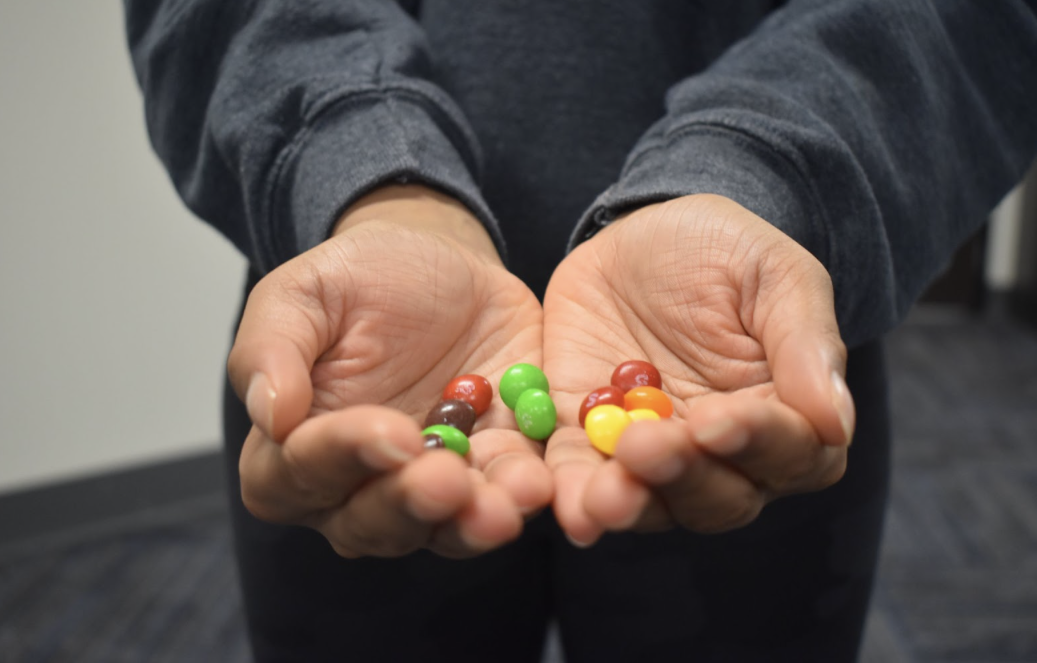

![Moviegoers smile for a picture after watching the Bollywood movie “3 Idiots.” The event ran from 4-8 p.m. on Saturday, March 9 and was open to students across the Parkway School District. “I decided to come to the movie night because I wanted to introduce my non-Indian friends to the rich culture and entertainment of Bollywood. One of my favorite parts [of the night] was the combination of [the] amazing food and the pure comedic entertainment. [It] was unmatched,” sophomore Aryan Allu said.](https://pwestpathfinder.com/wp-content/uploads/2024/03/IMG_5479-e1710180016483-1200x900.jpg)
![Senior Kylie Secrest volunteers at the blood drive signup table.The table provided students aged 16 and up with information about the drive and assisted them in the signup process. “We decorated the stand in the lunchroom with heart related or red decorations from either Dollar Tree or Five Below,” Secrest said. “This year was my first year doing [the blood drive] and it was fun. I got to be able to meet new people and help out the community.”](https://pwestpathfinder.com/wp-content/uploads/2024/03/image2-1200x800.jpg)
![Performing a dance, athletes wave their pompoms in the air as special education teacher Wendy Zieleskiewicz stands behind them. Zielesckiewicz, who has been teaching for 25 years, didn’t know what she wanted to pursue until she remembered her love for children. She now sees her students benefiting from Special Olympics. “Its really fun to see [athletes] grow. [Special Olympics is] incredible — Its high energy, its a lot of fun. Its cool to see the kids all working together and having a good time. They make connections with other students, [and] its amazing to see how much fun they have. I hope that they can make and maintain relationships with people that are not in this classroom. I always encourage [my students] to participate [in Special Olympics] because it is a lot of fun and even if they dont make a best friend, you still have an opportunity to grow,” Zieleskiewicz said.](https://pwestpathfinder.com/wp-content/uploads/2024/02/unnamed-5-1200x798.jpg)

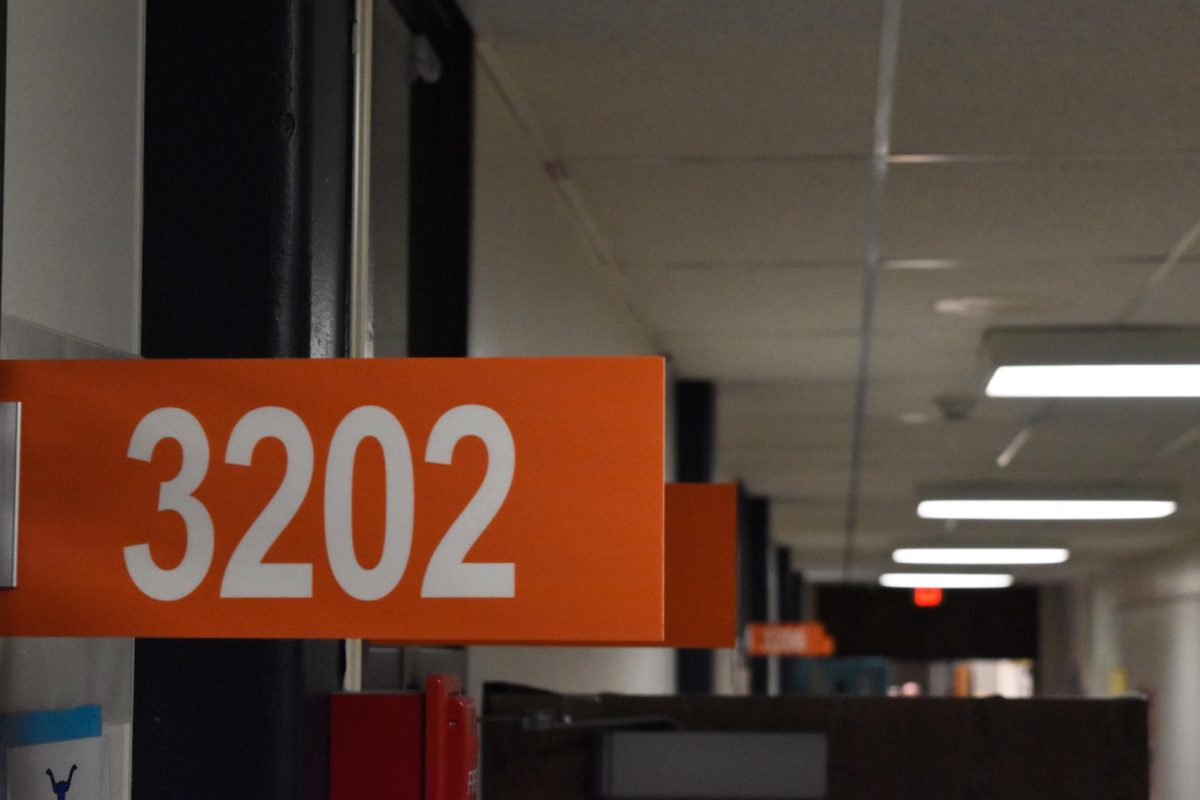
![Smiling widely, Principal John McCabe congratulates English teacher and English Department head Shannan Cremeens on winning the 2023-2024 Teacher of the Year title. Sophomore Cooper Oswald was a witness to the celebration. “We were all pretty excited. We were all clapping and standing up. We even [got to] take a picture with her,” Oswald said.](https://pwestpathfinder.com/wp-content/uploads/2023/12/TOYvertical-1200x954.png)
![English teacher Leslie Lindsey smiles for a photo behind her desk. Growing up, Lindsey participated in many things outdoors, learning life skills that she still uses today. “I loved fishing and was never grossed out by it. I could get my hands dirty and spend time outside; even when it was cold, I didnt care. Fishing takes a lot of patience, and that is [now] a virtue of mine because I have great patience that translates into my classroom,” Lindsey said.](https://pwestpathfinder.com/wp-content/uploads/2024/04/IMG_6632-1-e1712758336310-1200x983.jpeg)
![Each year, as temperatures start to rise, students await the coveted spring break, a week-long vacation taking place from March 16-24. Students and staff appreciated the respite from school and the sunny weather that came along with it. “I enjoyed traveling as a way to spend spring break [and] have a last trip with my family before college. I wish spring break was a little longer so I could have spent more time and not have a quick turnaround coming back to school,” senior Norah Rutkowski said.](https://pwestpathfinder.com/wp-content/uploads/2024/04/Spring-break-Shenanigans-1-1200x800.png)
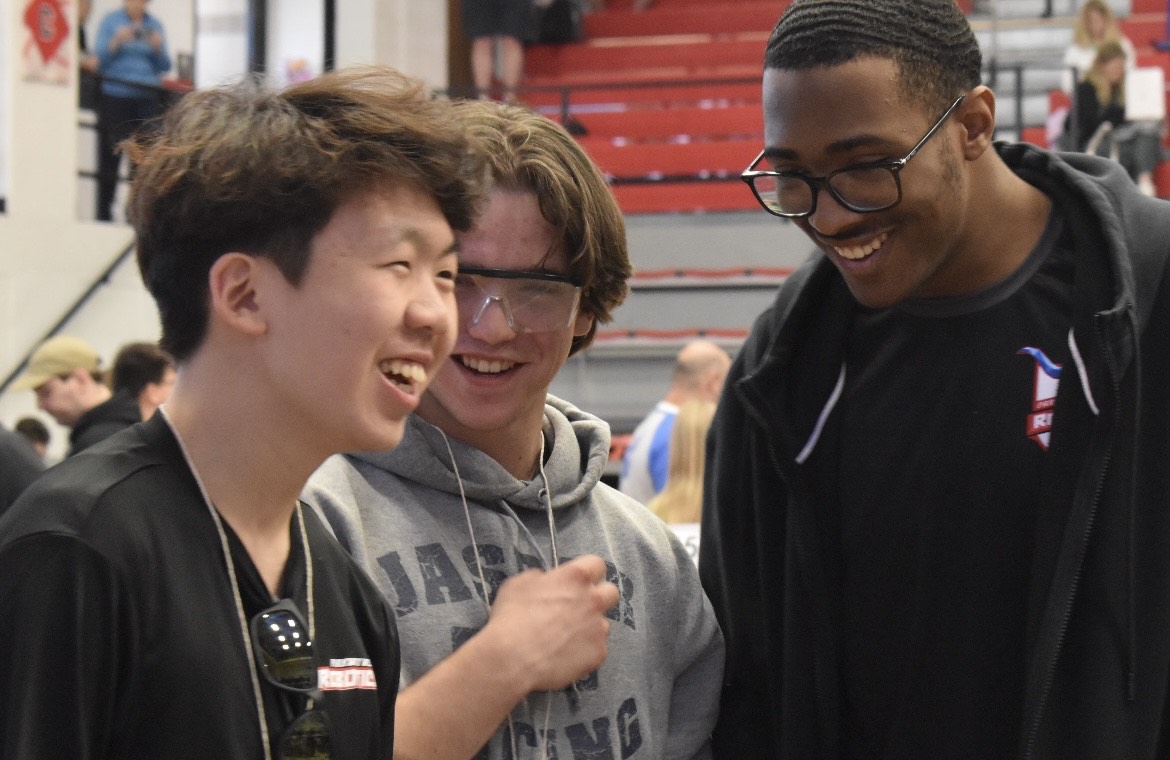


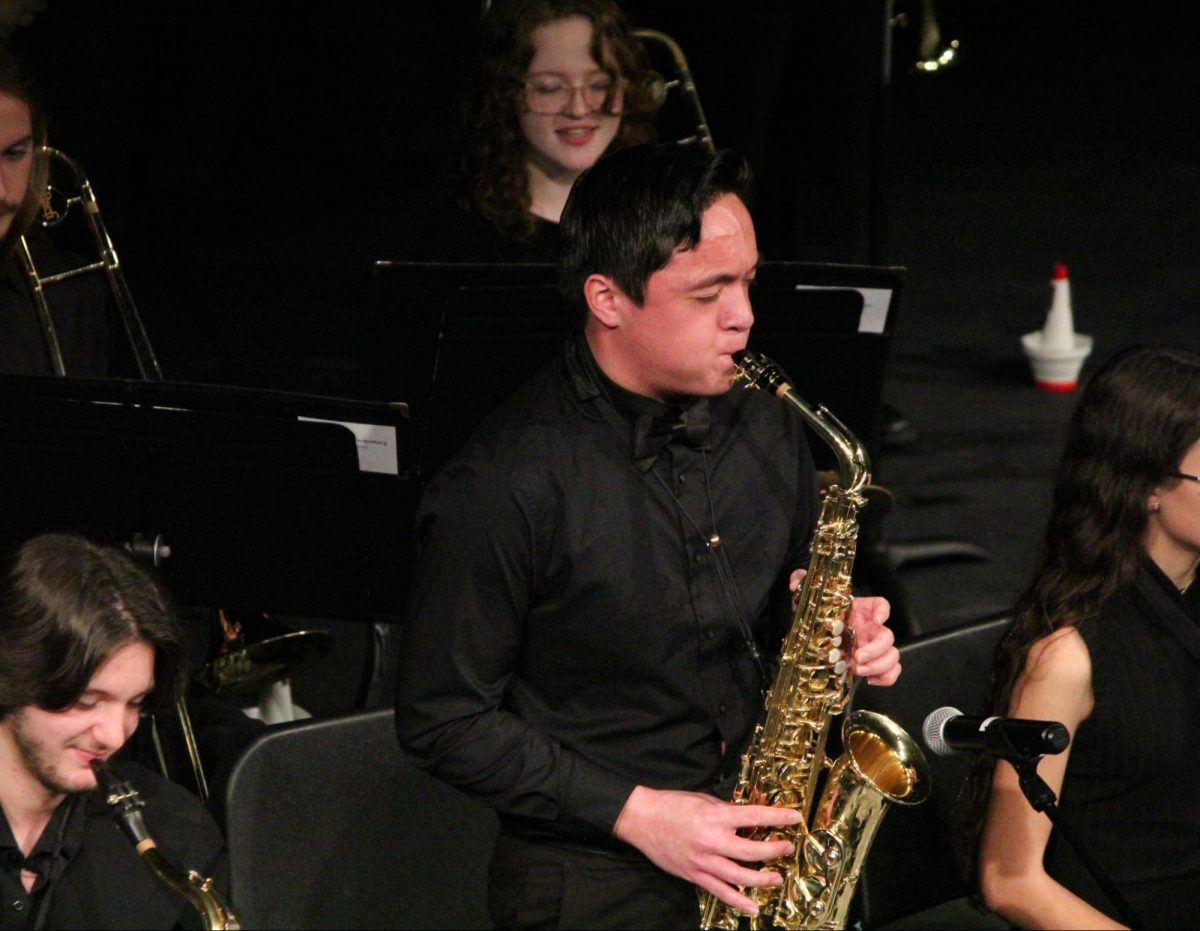
![Senior Dana Zafarani poses in paint reading “Women, Life, Freedom” and “#BarayeAzadi” as a protest against the Iranian government. The experiences of Iranian women inspired Zafarani to assist in any effort to protect women’s rights. “The world should live in peace. Every woman deserves to be equal. Every woman deserves love [and] kindness,” Zafarani said.](https://pwestpathfinder.com/wp-content/uploads/2023/11/Screenshot-2023-10-31-12.54.47-PM.png)
![Business and personal finance teacher Evan Stern stands in front of his classroom. After facing hardships growing up, Stern learned how to deal with them with the help of role models like his dad. “We dealt with some trauma when I was in middle school, and my dad had to be responsible for all three of us while he was working full-time. I know he had to sacrifice a lot. Im sure it was really hard for him, but looking back on it, he did a really good job . I didnt appreciate everything that he did at the time because I was so young. Now, Im engaged and probably going to have kids of my own in the next couple of years so I [am starting] to look at things differently,” Stern said.](https://pwestpathfinder.com/wp-content/uploads/2024/02/Untitled-7-1200x900.jpg)
![Holding his two smiling daughters in his arms, Principal John McCabe celebrates earning his doctorate degree. He attended Maryville University for two years and reached his goal of achieving a Doctor of Education: Educational Leadership degree after months upon months of hard work and long nights. “Im not going to lie, Im glad I have another night of my life back when Im not at school till very late,” McCabe said. “I can spend more time with my family and with my friends [who] are here at [West]. Im really happy about that.”](https://pwestpathfinder.com/wp-content/uploads/2024/01/mccabefeature.png)
![Art teacher Katy Mangrich sits in her classroom, smiling for a picture. During her time in high school, Mangrich learned several lessons that she now passes on to her son. “The biggest life lesson that I learned is honesty. I wouldnt say I was the best teenager, but I learned very quickly in high school to always be forthcoming and honest with my parents because it always ended up serving me better in the long run. [My parents] might have been upset with me [and the mistake I made], but I wasnt going down the rabbit hole of a lie because that was just going to get me into more trouble,” Mangrich said. “I passed [that lesson] along to my nephew. Honesty is always your best approach; just don’t lie. I say that to my son all the time. Theres no advantage to lying, [and] thats a huge takeaway [from] how my parents raised me.”](https://pwestpathfinder.com/wp-content/uploads/2024/01/Screenshot-2024-01-26-10.10.12-AM.png)
![Social studies teacher Aaron Bashirian smiles in front of his classroom. Bashirian didn’t know he wanted to be a teacher from early on, but he found the choice to be a good one. “I started [teaching] because there was an opportunity for me to experiment with it. Fortunately, [teaching] was a good choice. In 2012, I became a teacher at Parkway at the Alternative Discipline Center, which is where they send suspended kids to keep being educated if they choose. I spent six years there and then I got drafted to West, [where] Ive been for about six years,” Bashirian said.](https://pwestpathfinder.com/wp-content/uploads/2024/01/Untitled-35-1200x800.jpg)
![English teacher Angela Frye stands behind her desk in her classroom. Frye went through a lot of personal struggles to get to where she is today, and with each step in her life, she carries her gratitude for those obstacles. “Everything happens for a reason. I believe in [the concept of] good energy, good karma, [from] being a good person. Those are things I dont take lightly. [Struggles] build character. You really appreciate everything you have when you have to work for everything you have,” Frye said.](https://pwestpathfinder.com/wp-content/uploads/2023/11/Untitled-8-1200x800.jpg)

![The celebration of Women’s History Month, originating in 1987, marks an annual acknowledgement of women’s contributions to various fields of work. However, many female revolutionaries remain underrepresented in our history books, oftentimes overshadowed by male counterparts who could reach a greater audience because of their status. “Back then, women didnt have the voice that we do now, [but] their actions gave us the voice we have today to be able to speak up. Now, we share information to show how far we came from,” Black Student Union member and sophomore Jariyah McCalister said.](https://pwestpathfinder.com/wp-content/uploads/2024/04/feature-photo-unsung-4.png)

![Celebrities are inescapable in our day-to-day lives, constantly reminding us of whatever is newest in their lives. And for us on the receiving end, we find ourselves devoting time and effort to vie for just the tiniest sliver of their attention. “[Taylor Swift] is my favorite celebrity, and to me she means someone who is kind, smart and caring,” junior Swati Kumar said. “I feel connected to her and her music; I listen to her everyday and I find [her] very relatable.”](https://pwestpathfinder.com/wp-content/uploads/2024/01/Parasocial-1.jpg)

![January 2024 marks over seven decades since the publishing of “The Bell Jar.” In those seven decades, the novel has opened the eyes of countless women to the unfair treatment they’ve faced, particularly being percieved as nothing more than mothers and the consequences that arise from that. “To my knowledge, [“The Bell Jar” was] one of the earliest novels that explores a womans mental health and inner journey and allows her to go through struggles and make mistakes without vilifying [her]. Shes ambitious yet flawed and unsure how to proceed, like [many] women at the beginning of the 1960s. My mom was born in 1950 and grew up hearing that if she wanted to work, she had three choices: nurse, secretary and teacher. It was a brave new world when she found out there were more options. But that also comes with fear and anxiety and the judgment of others. Sylvia represents that journey,” French teacher Blair Hopkins said.](https://pwestpathfinder.com/wp-content/uploads/2024/01/Mother-26.png)
![In the 1950s, the first recorded spikes in global temperatures were recorded, and ever since, Earth has been in the midst of a disastrous climate crisis, as rising temperatures wreak havoc on susceptible regions and destroy animal habitats worldwide. Junior Nidhi Pejathaya helped found West’s Sustainability Council to create a space where students can educate themselves about climate change and do their part to preserve the environment. “When youre going out of your way to recycle [or] reuse your clothes to save water, youre saving people. Youre saving adults, youre saving families, youre saving children. Youre saving a whole generation. Just because we dont see it doesnt mean its not happening,” Pejathaya said.](https://pwestpathfinder.com/wp-content/uploads/2024/04/new-editorial-feature-1200x800.jpg)

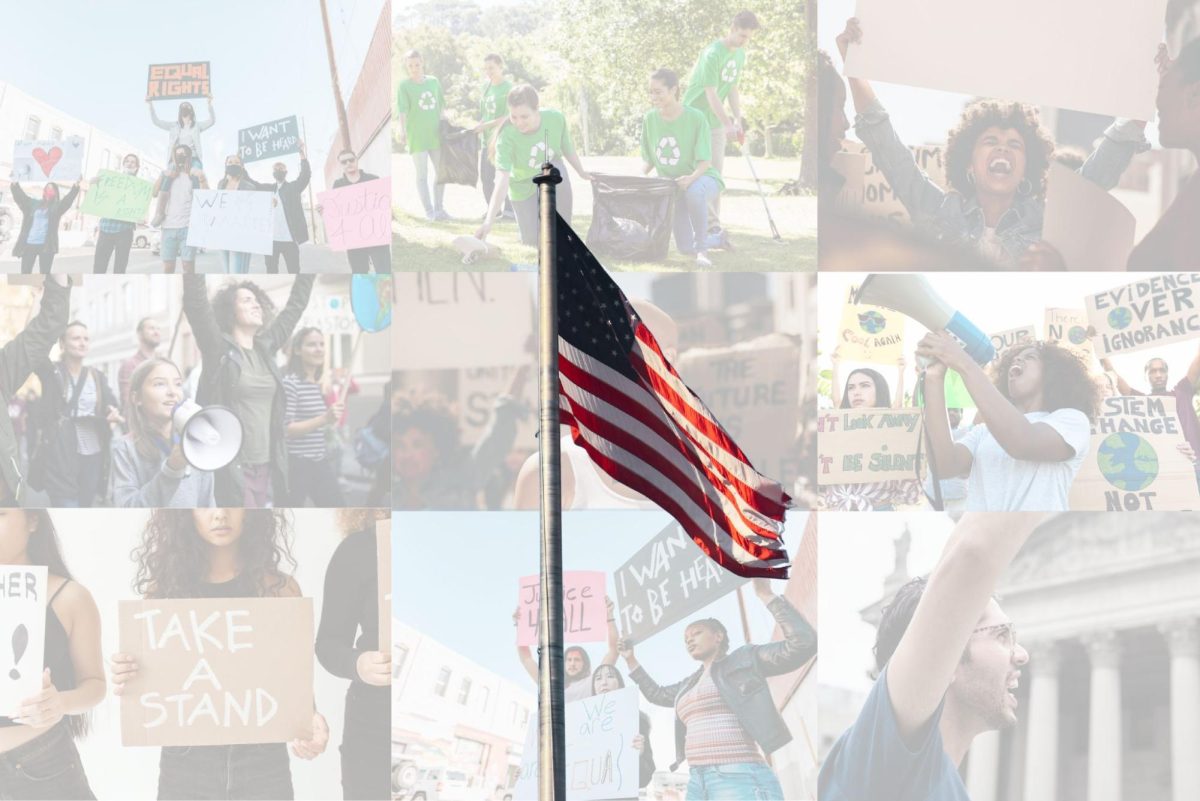

![For the past three years, Parkway has administered high school finals after winter break, a practice that proves to be detrimental to the success as well as the mental health of students. With finals after break appearing to do more harm than good, the question of what changes can be made arises time and time again. “The pressure for finals is difficult, and to have that [pressure for] a few weeks because youre on [a] break can make you generally sad. Its a bummer in general. I wish [finals] were before break, so we [could] have a break to sleep, celebrate and not study. Everyone Ive talked to about it is like yeah, finals sucks, and I wish that wasnt a thing,” junior Meadow Kostial said.](https://pwestpathfinder.com/wp-content/uploads/2024/01/decembereditorial-1200x963.jpg)
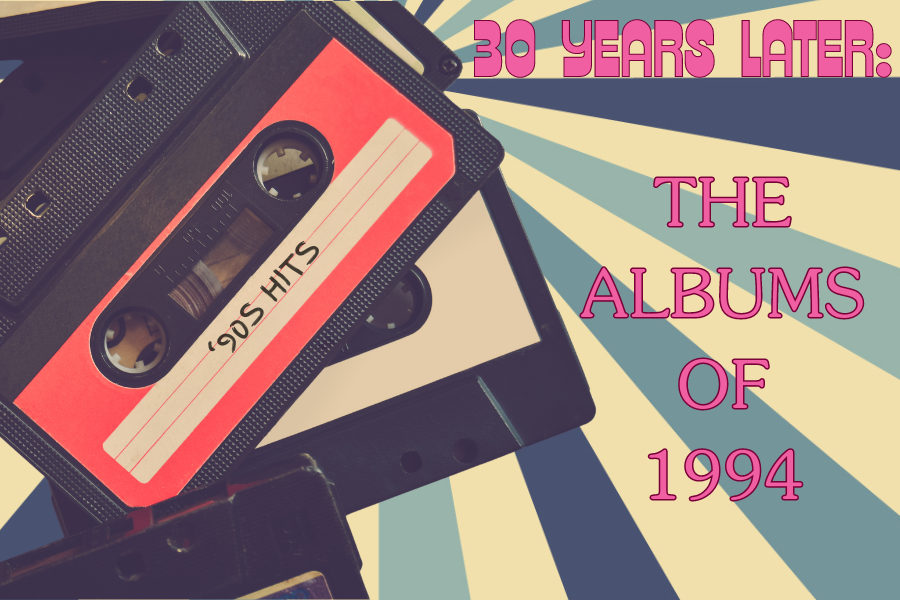

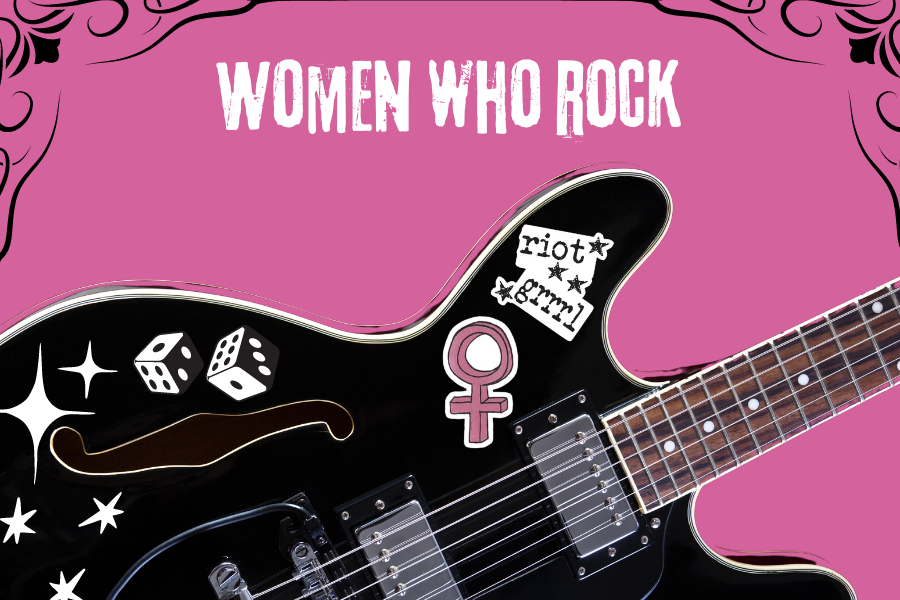


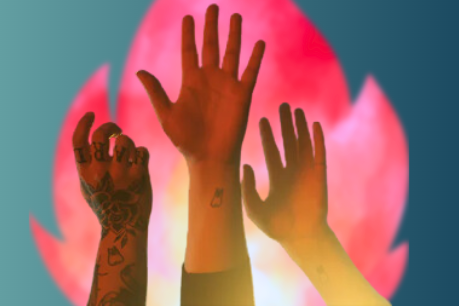

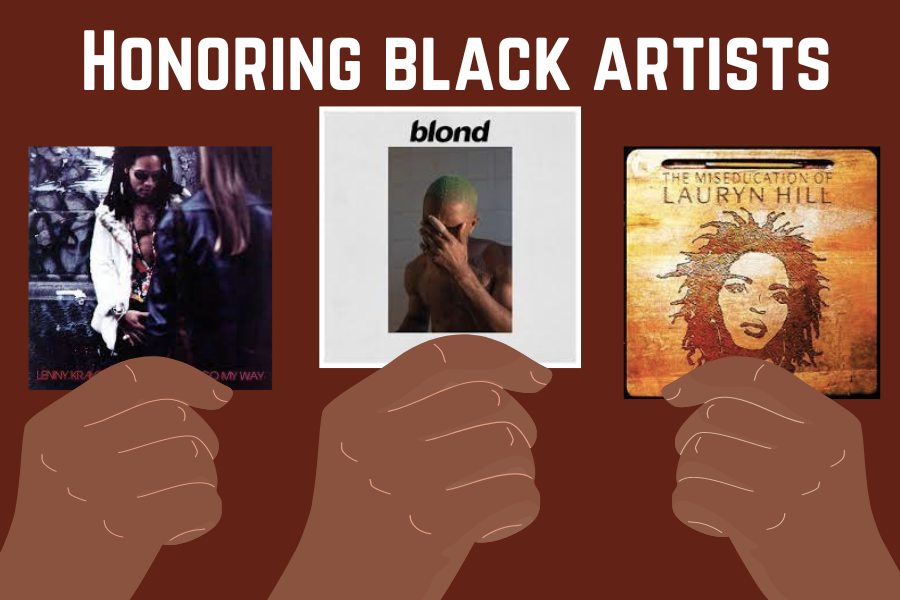
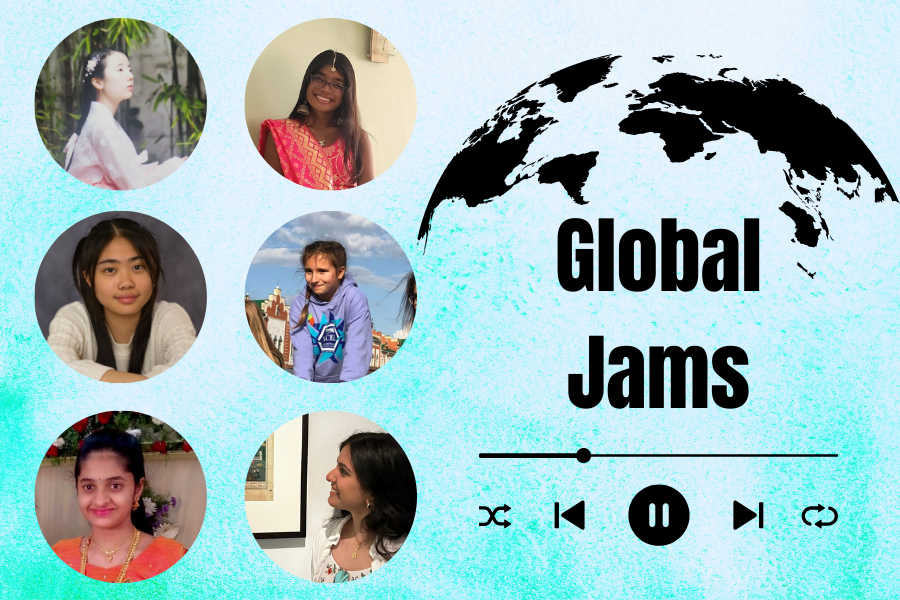

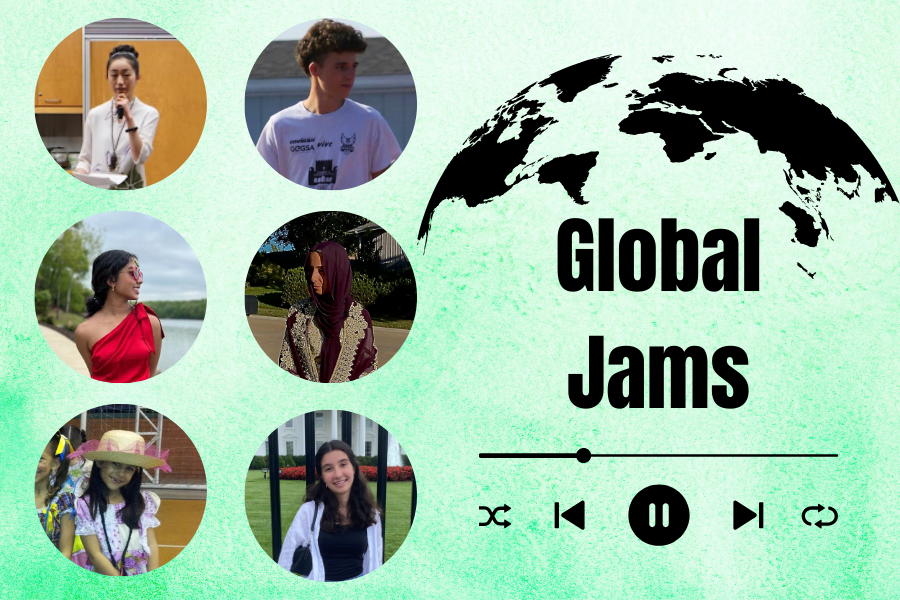

![2023 was defined by female vocalists such as Miley Cyrus, Taylor Swift and Paramore’s Hayley Williams as their diversity and talent amongst their respective genres topped the musical charts. Williams took to Instagram to show her gratitude for having owned the No. 1 spot on Billboard’s Top 100 chart. “We know enough by now to know success doesn’t equal value. That being said, to experience the [No. 1] on this album, as this version of Paramore, is such a sweet and surreal moment to celebrate together,” Williams wrote.](https://pwestpathfinder.com/wp-content/uploads/2023/12/2023-A-Musical-Recap-2.0-1.png)
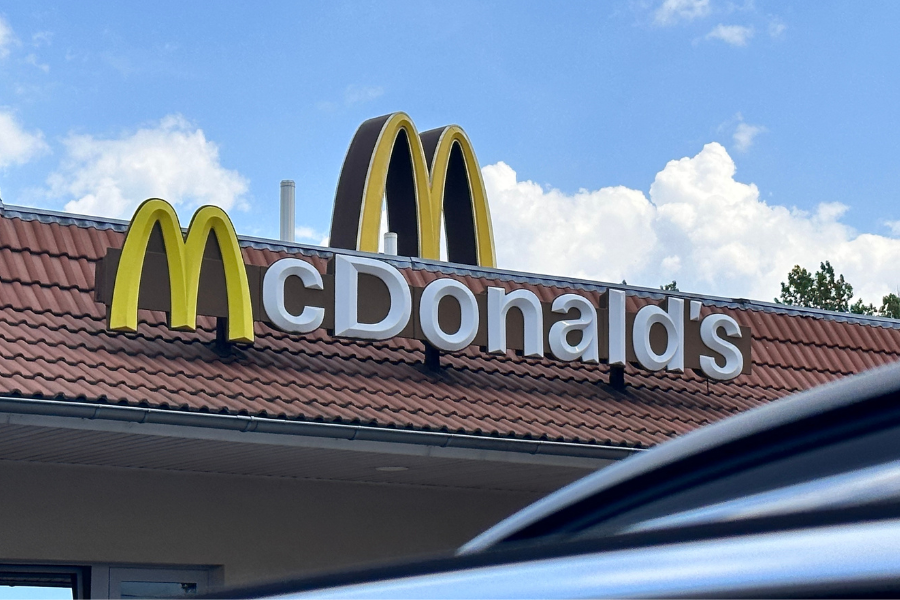
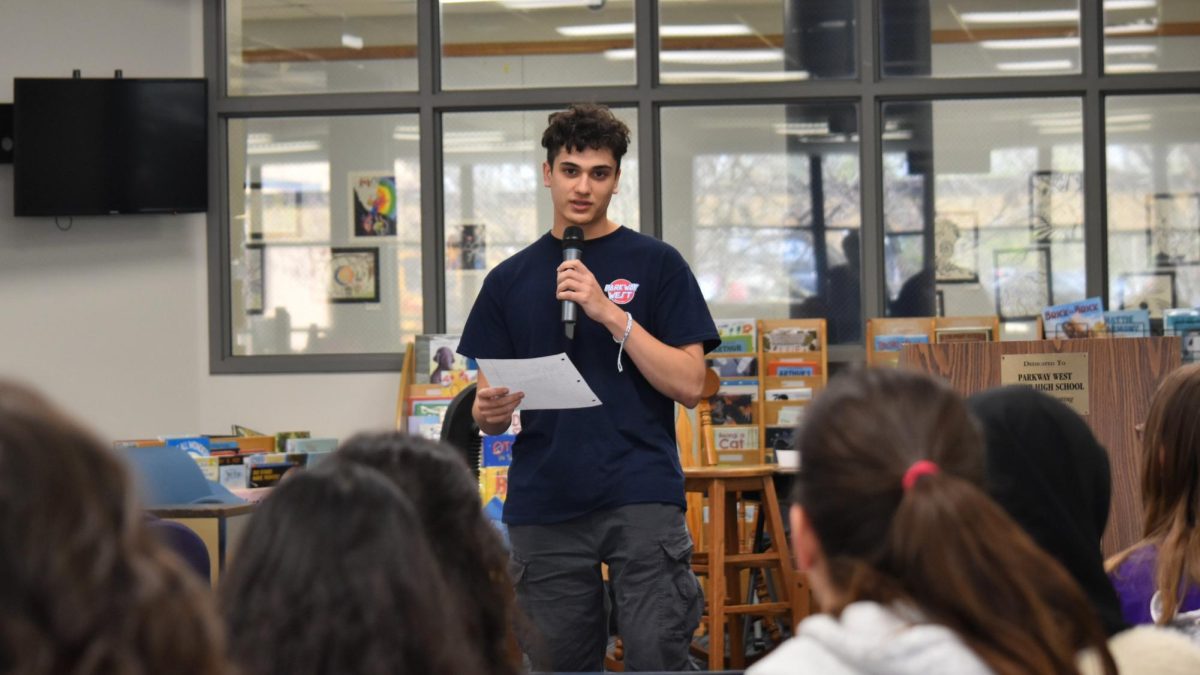



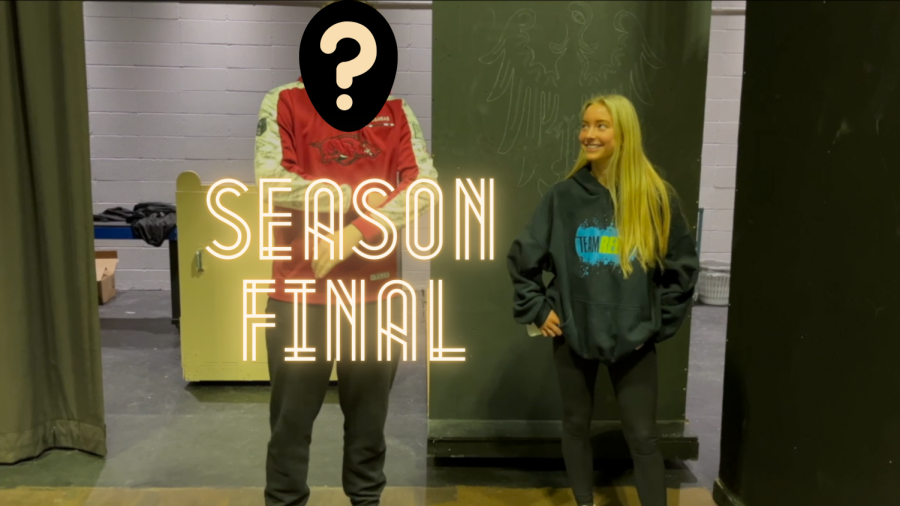
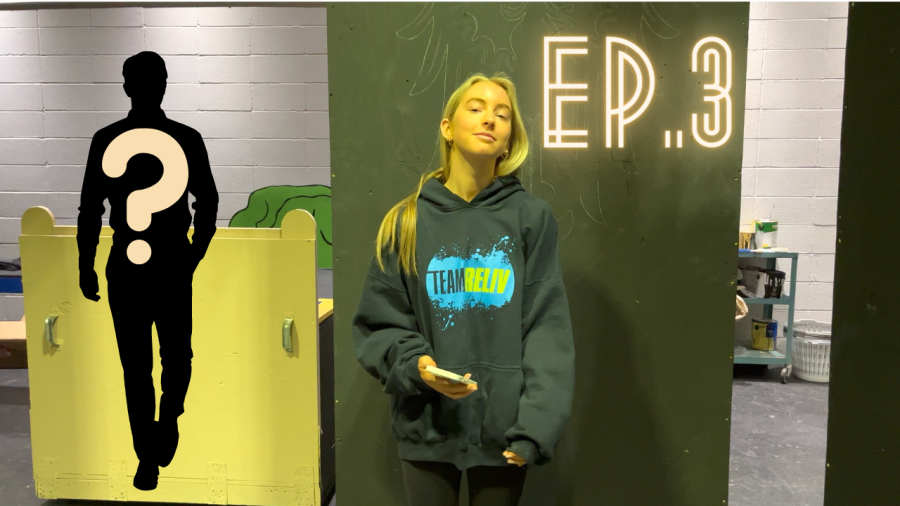
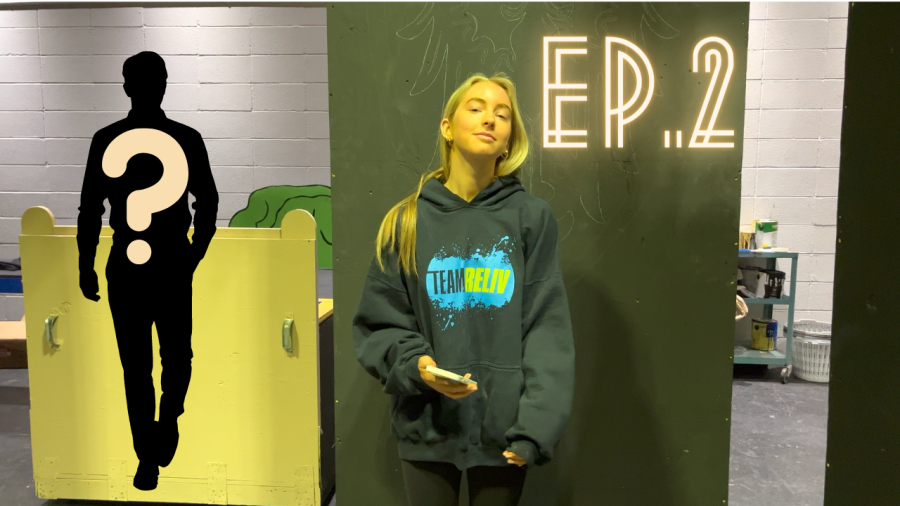
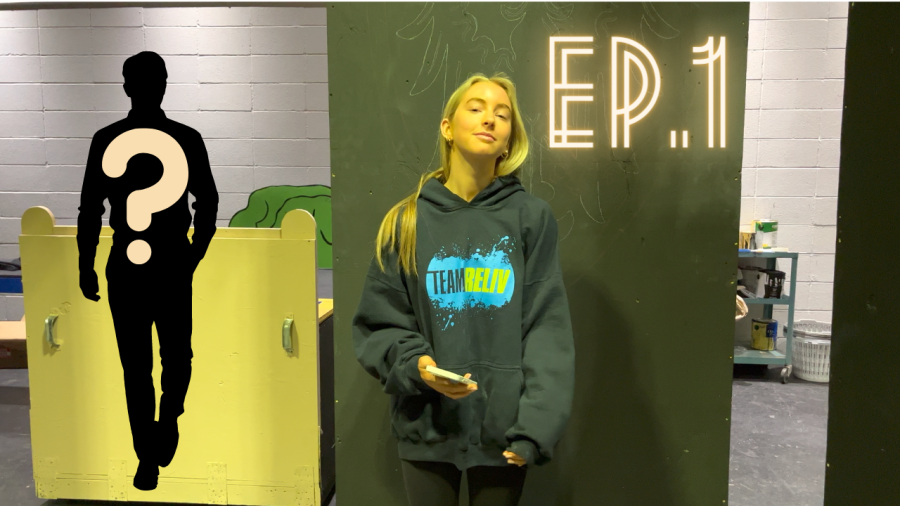
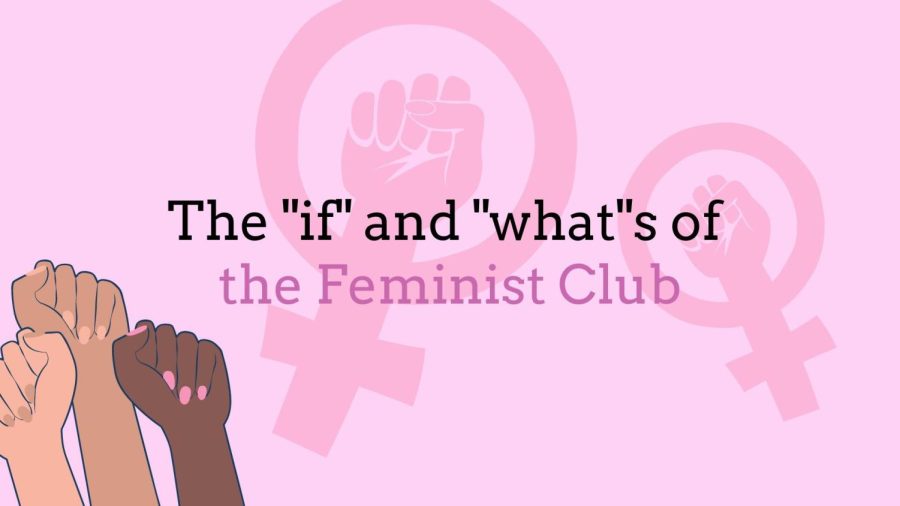
![In perfect shooting form and with eyes on the rim, junior Tyler Kuehl is about to shoot his next basket in the last game of the season against Marquette High School. Kuehl has been playing basketball since he was 5. “Even though I played basketball all my life, the game-winning shots can be pressure, its confidence. If youre going into that shot and not thinking that youre gonna make it, its obviously not going in. And if you believe, [it will]. Thats the only way you can succeed,” Kuehl said.](https://pwestpathfinder.com/wp-content/uploads/2024/01/unnamed-32-1-1200x1200.png)

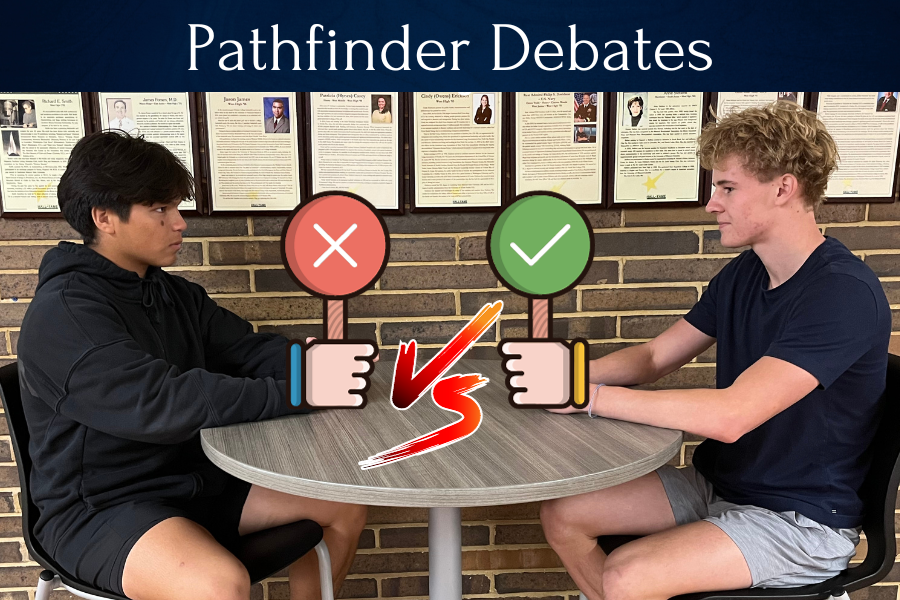

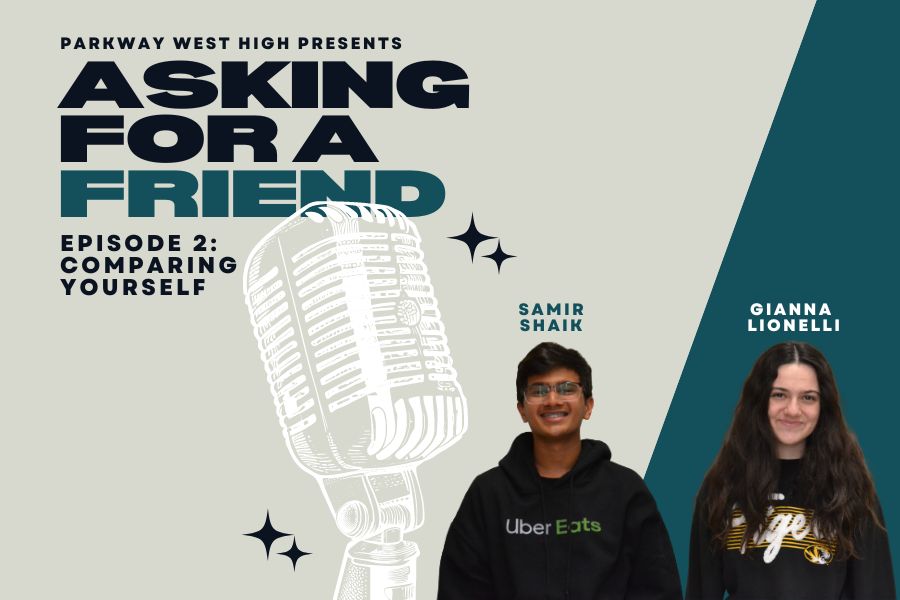

![“Sometimes I feel like Im not good enough and that I can never get better. I’m still overcoming this [feeling]. I keep pushing myself everyday [to be a] better [runner] even when I might not be the best at it. I also see how hard the upperclassmen work and that motivates me to do better. A varsity cross country runner once told me that even when you feel pain, you can run through it. Because of that, I push myself, [and] see myself improve. After a meet, I feel accomplished and [as though] I’ve worked hard. I feel like I can do better at running if I keep practicing. [How I run] depends on how I think. If I think I cant run — I cant run. I [motivate] and tell myself that Im a fast runner and everyones going to [surpass their personal record]. My biggest accomplishment so far was improving by 10 minutes on my 5K run. [It’s when I finally realized that] I am better than I thought I was.” Mahiya Pallipat, 9](https://pwestpathfinder.com/wp-content/uploads/2024/04/DSC8837-copy-2-1200x800.jpg)
![“My [favorite] hobby is running. I have been [a member of the] the cross country and [the] track and field team. [I also enjoy] tinkering [and constructing] random things. Everybody on our team knows about [the complications I had because of my] back. I had [a snag from my regular hobbies after going] through a surgery back in 2022; it took a lot out of me. I couldnt run for four months, and I was really out of shape [when] getting back into cross country. It was really hard for me. I would say a lot of [my inspiration has come from] my dad to be honest. Hes the one who has pushed me to improve every day [in] every single [aspect]. Hes the one who taught me how to be responsible, manage my time well [and] be consistent. [It’s the] same with running; Im consistent and I try to work my hardest in order to get better every day. A lot of [my growth] has been tied to running because I have been so involved, but I feel like I’ve become a lot more social with people. Ive become more dedicated to the things I like. [During practice], Im starting to [run] with faster groups now. [I’m] able to keep pace with [people] who [I] didnt used to before. I [am] definitely most proud of my recovery [after] my surgery. It did take me four months to be able to run again, but after that, I really bounced back. I have improved a ton and Im really proud of that.” - Ragsy Muralidharan, 12](https://pwestpathfinder.com/wp-content/uploads/2024/04/RagsyMuralidharan_12-1200x800.jpg)
![“The first memory that comes to my head is when everyone starts doing the longhorn rumble when we call [out to the audience], they stomp and clap with us along to the beat of the cheer. I [started to appreciate cheer] when I got to high school. [At first], I did it for fun in middle school just to say that I [had a hobby]. When [I got to] high school my coach appreciated me and [listened to] my opinions. It really made me fall in love with the sport again. My favorite thing about cheer is the friendships that I get from it. [I] get to see the people I’m with all the time because [we] have practice [together often]. Especially during football season [is when I get to] hang out with [my teammates] every day. The people I met through cheer and got close with this year make me [want] to continue cheer. [I also got closer with] the people on [the] varsity team and [was able to gain friendships] through that. I am happy [that I get to] cheer with [everyone] next year. It [urges me to] keep going. The cheer community is fun because everyone just understands each other. Were all very similar [and connected] in ways and its like a tight knit family.” Alyssa Gessner, 9](https://pwestpathfinder.com/wp-content/uploads/2024/04/DSC_0063-1200x800.jpg)
![“Im passionate about volleyball. Ive been playing for six years. I play it because I like the way that, [even though,] its a team sport, its also focused on [a person] individually; especially in my position since Im the back row defense where the ball can hit me. Its [up to] me, I can’t blame anybody else. I like how its very focused on [the] performance and how well [I] react to how the other team plays. The way I play really matters to me because it’s a team sport and I dont want to let my teammates down.” Emma Barton, 9](https://pwestpathfinder.com/wp-content/uploads/2024/04/image1-1200x800.jpg)
![“Im very passionate about debating, [which is why] I am [a member of the] speech and debate team. I like how it offers opportunities to speak [from] viewpoints on different opinions with people outside of our group from other schools around our communities. I usually participate in public forum debates [and] the topic [we speak about] changes every month. One debate that I was most invested in [took place in] February; which was [about whether or not] the US federal government should ban all single use plastics. I feel like I spent the most time working on this case [than any other discussion], and I was determined to make it into finals. I hold competition very dear to me. I have only gone to two tournaments so far, but Ive already made it into the finals. [Finals are important because], I think it really shows how much growth and [effort you’ve put in through the battle].” - Bethany Liao, 9](https://pwestpathfinder.com/wp-content/uploads/2024/04/Bethany-L-1200x800.jpg)
![Since its introduction and subsequent explosion on the world stage, social media has proven to be a detriment to the fight against misinformation and fake news in the media because of its targeted marketed tactics and abuse of unified communities. This being said, taking responsibility over what you consume online and deciding whether or not it’s true is crucial. “It’s important to notice that [the spread of misinformation through social media] is happening, and as a teacher, media literacy is so important to teach,” journalism teacher Lindsey Katz said.](https://pwestpathfinder.com/wp-content/uploads/2023/11/nov-editorial-feature-1200x800.jpeg)
